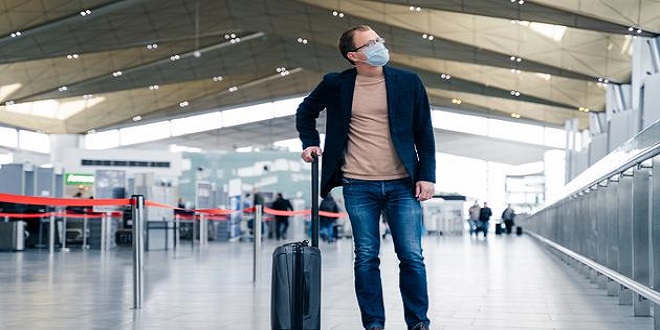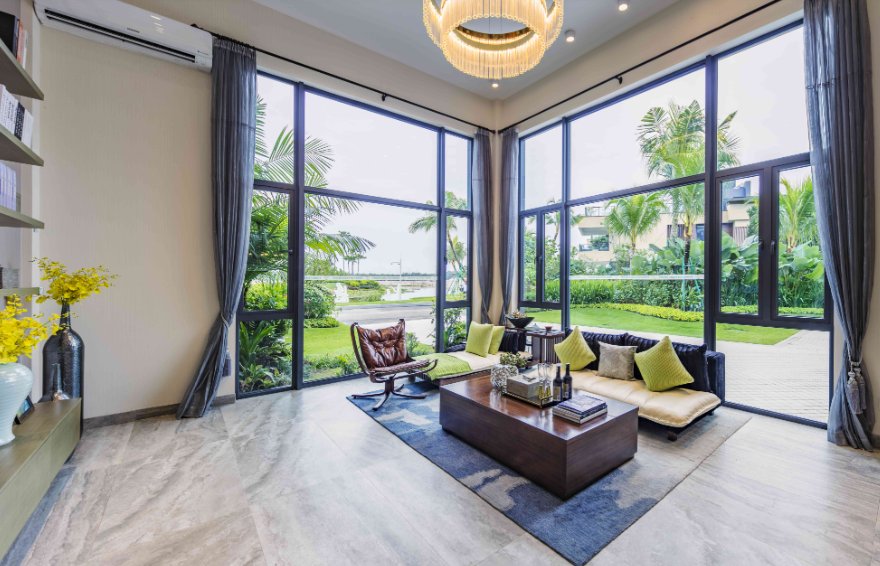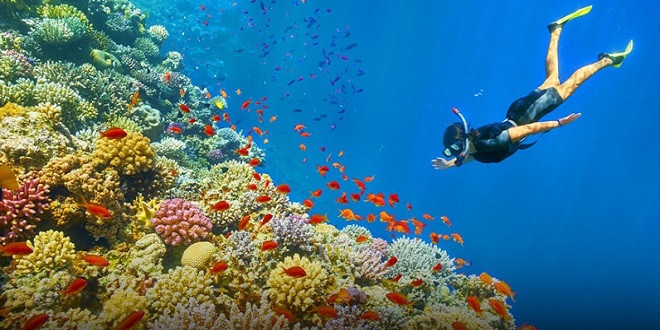What marine animals did you see in scuba diving in the Philippines

Diving Summary
Visibility – Depending on the location and the weather, visibility can range from 15-150 ft. (5-45m). Water is generally clear and warm in most locales. Water Temperature – The Philippines has nice warm water, varying between 23-30°C/73-86°F depending on the area and season. Bring – Anywhere from a rash guard to 3mm wetsuit usually covers every situation. If the weight of luggage is a problem, most dive operations have equipment for rent and most dive shops have a decent selection of masks/fins/snorkel should you want to buy your gear upon arrival. Check ahead and reserve your gear.
Weather – You can dive year-round in the Philippines, but there are three distinct seasons that affect dive conditions. December through March is the northeast monsoon that can bring strong winds. April through June is usually dry with warm days and little wind. July through November is the southwest monsoon, which is wet but the water is warm. Air temperatures average 25-32°C/78- 90°F with high relative humidity.
Photography
Above and below the Philippines has an amazing variety of landscapes, seascapes, creatures, and people to photograph. Taking a camera along should certainly be part of any Philippines holiday. For divers, look for shops that offer courses like the PADI Digital Underwater Photographer and perhaps combine that with the Coral Reef Conservation and/or Fish Identification to be able to understand and capture the beauty of the marine life in these waters. There are not many high-end camera stores outside of Manila. For serious photographers, it is best to bring everything needed including backup batteries and chargers. If one edits while traveling, bring a laptop as well.
Philippine Technical Diving
While most people think of colder, deeper waters as places for technical diving, the warm, clear waters of the Philippines are ideal to learn one or more aspects of technical diving. Deep walls, sharky points, and numerous WWII shipwrecks are all venues that beckon some sort of technical experience. Starting from the use of NITROX in recreational diving, which extends bottom times in places like Monad Shoal’s thresher shark viewing area, to planned penetration into the deeper shipwrecks in Subic Bay, tek diving has found a place in the Philippines.
Divers can learn proper deep diving techniques, staged deco, double tank, side mount, wreck penetration and rebreather diving, and all the way up to TRIMIX instructor through a series of skill development courses. Even cave diving has taken root in places like Siargao Island. At least five certification agencies are represented with classes held in venues like Subic Bay, Puerto Galera, Malapascua, and many others.



